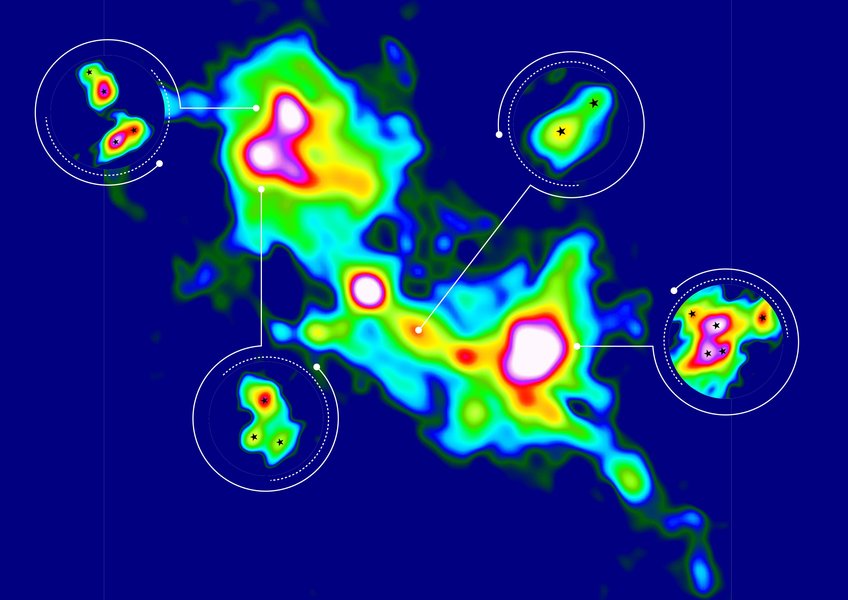
© S. Li, MPIA / J. Neidel, MPIA Graphics Department / Data: ALMA Observatory
For humans, the chance of giving birth to multiples is less than 2%...
Read More

For humans, the chance of giving birth to multiples is less than 2%...
Read More
Artist’s interpretation of a hypothetical moon in orbit around a planet found in a tight-knit triple-star system. Credit: NASA/JPL-Caltech.
Crisp, clear images of a “hot Jupiter” system captured by a University of Notre Dame physicist were vital in determining that a newly found planet inhabits a 3-star system, a phenomenon documented only a few times before.
KELT-4Ab is a “hot Jupiter”, a gas giant that orbits extremely close to one of the stars in its solar system. While the KELT, or Kilodegree Extremely Little Telescope, detected the likely presence of the planet now called KELT-4Ab about 685 light years from Earth, Crepp was able to capture crisp, clear images of the system, discovering that the planet was in fact a member of a triple star system – one of only a few found to date.
The ...
Read More
Recent Comments